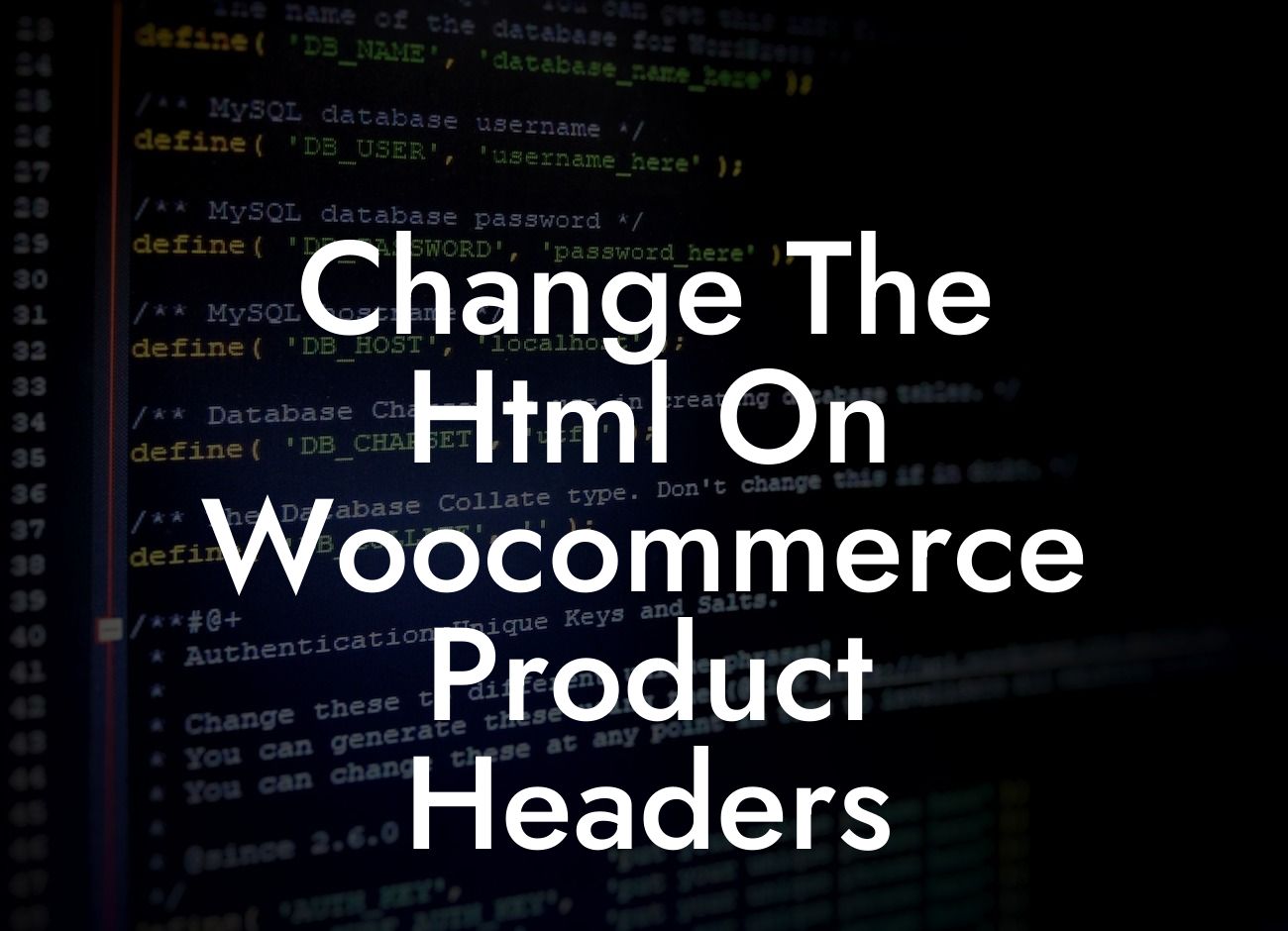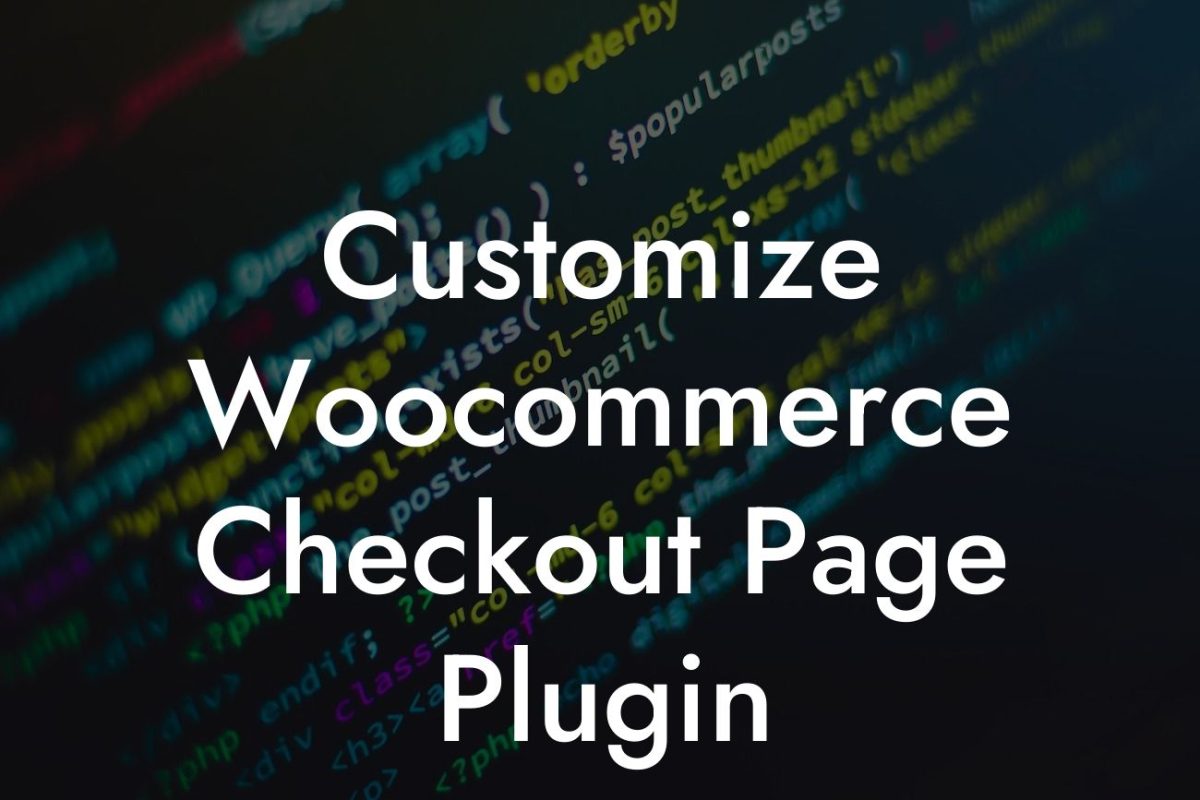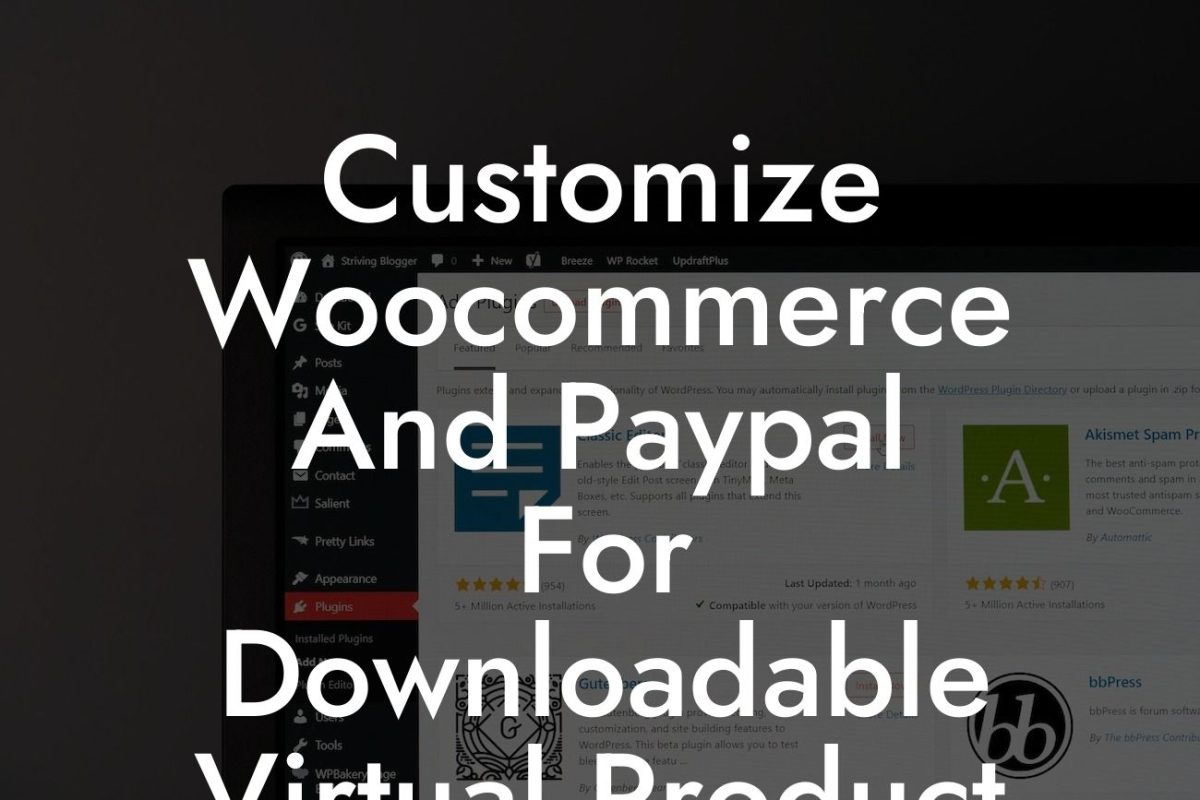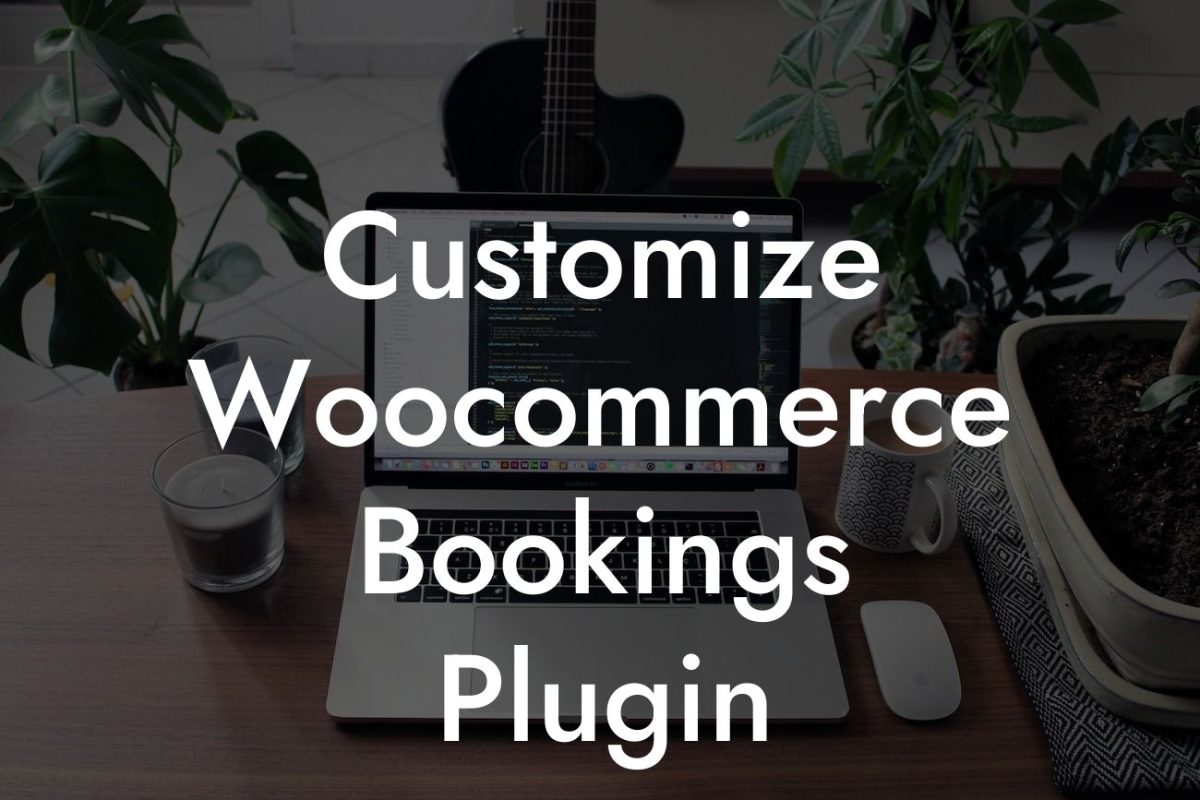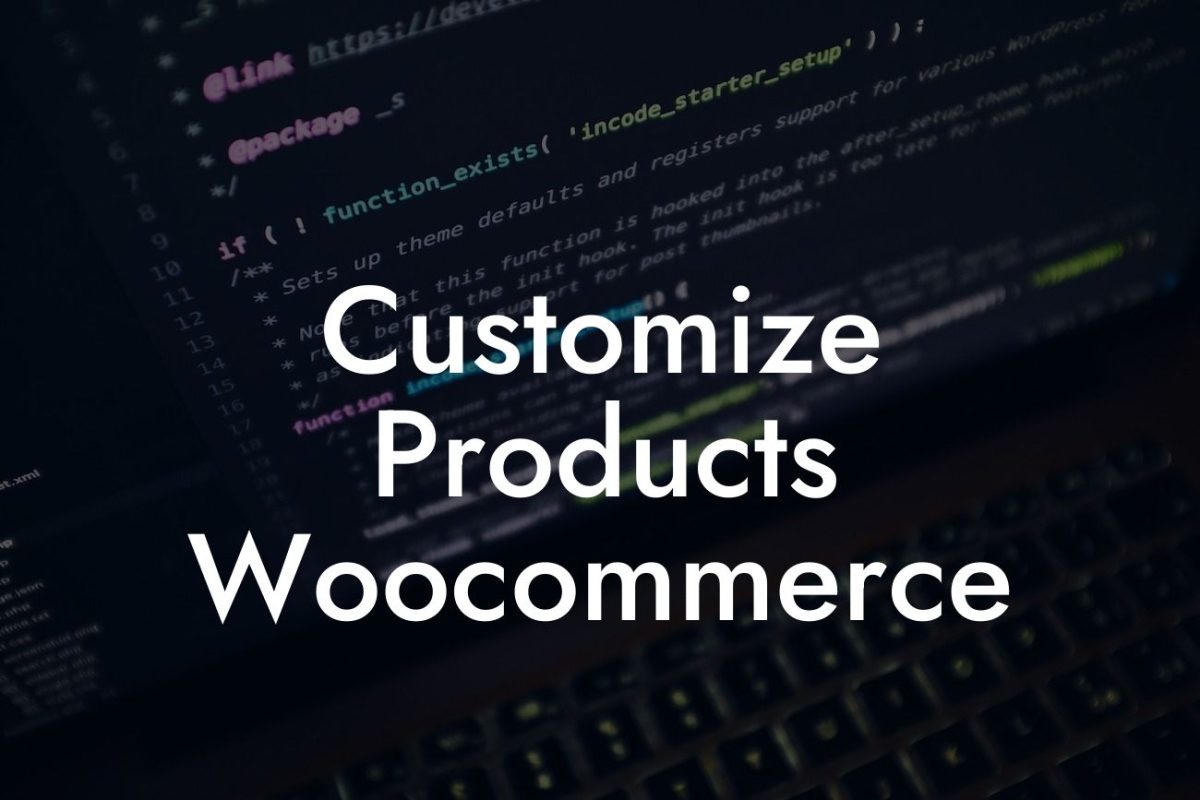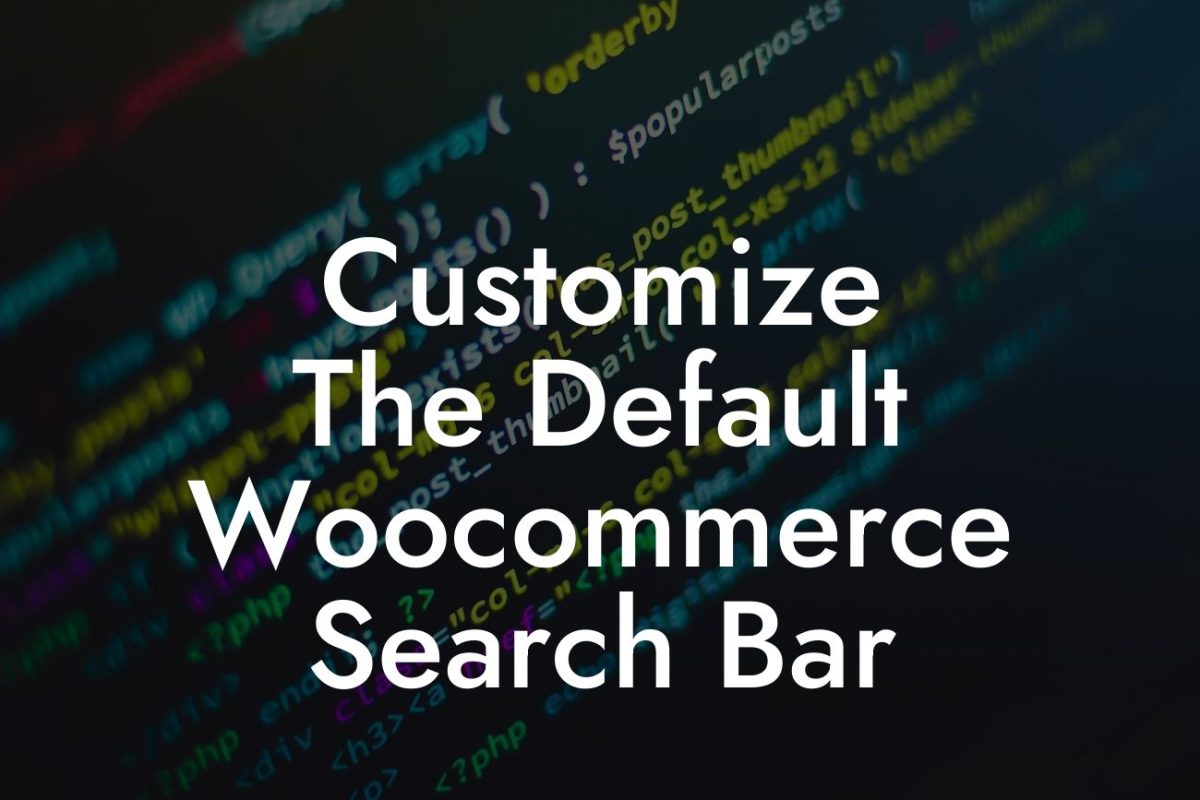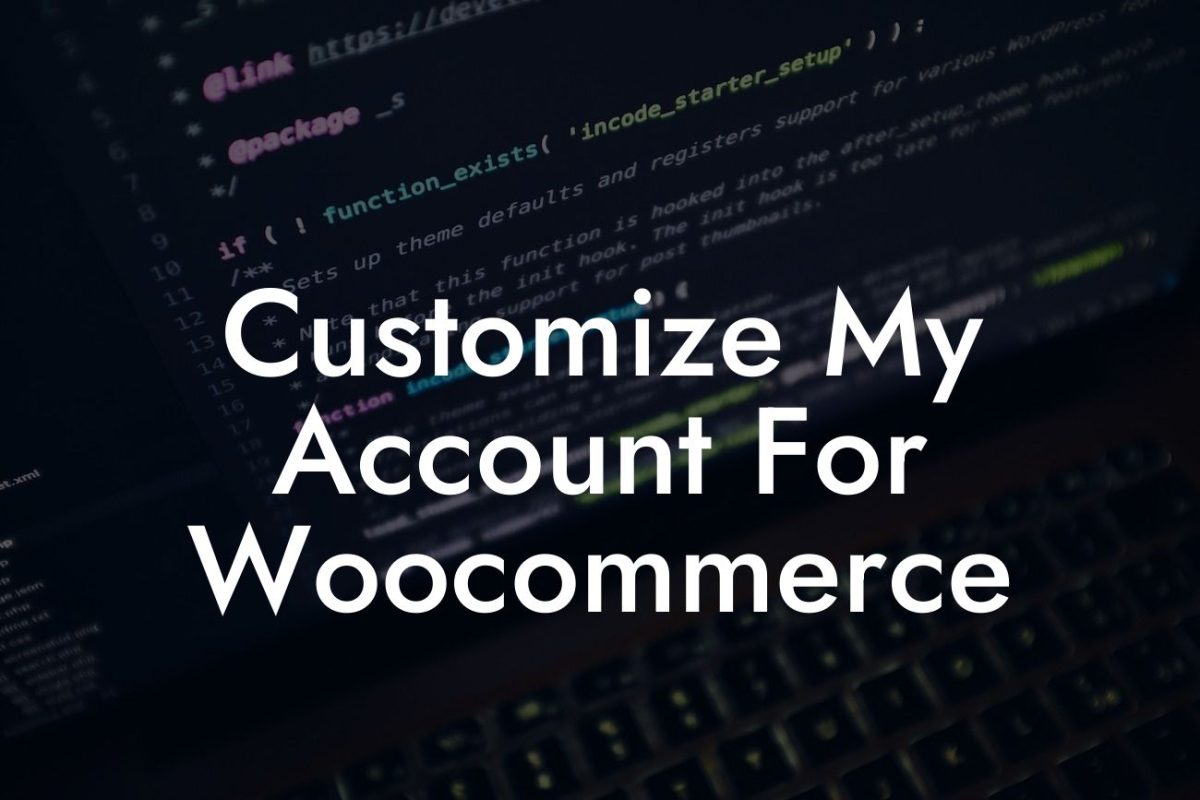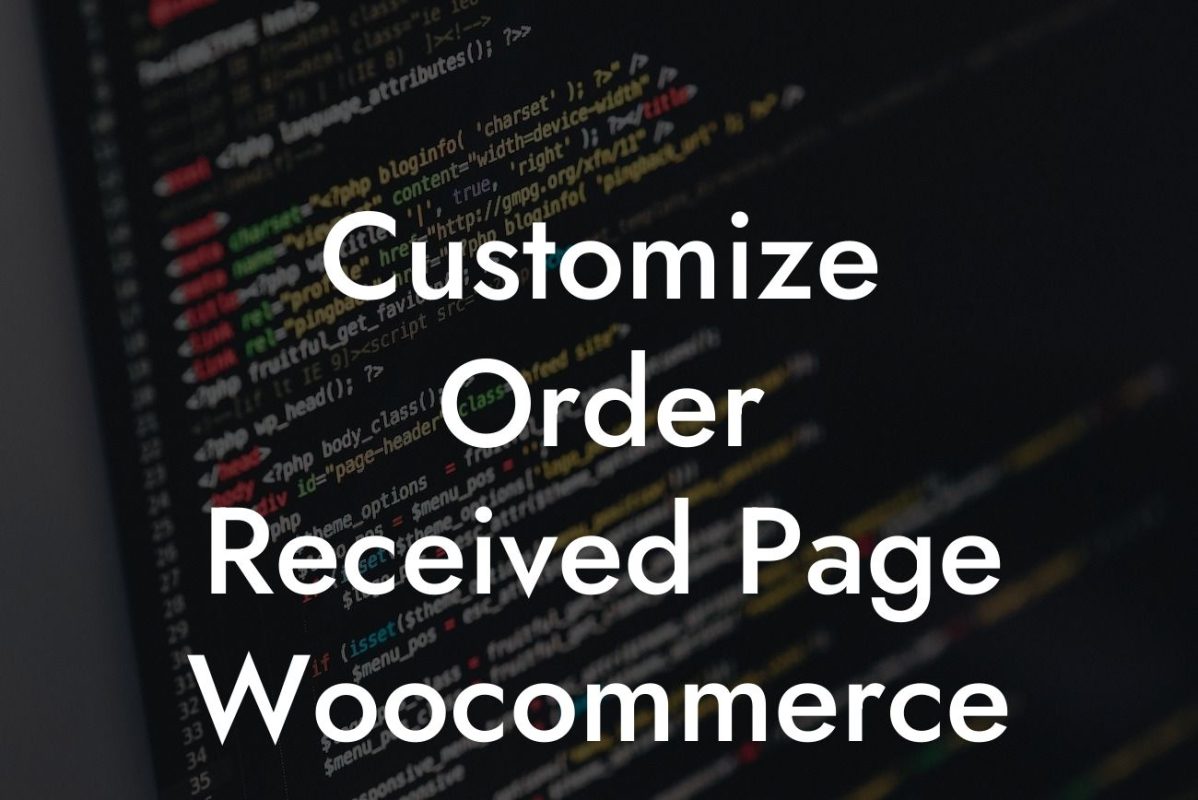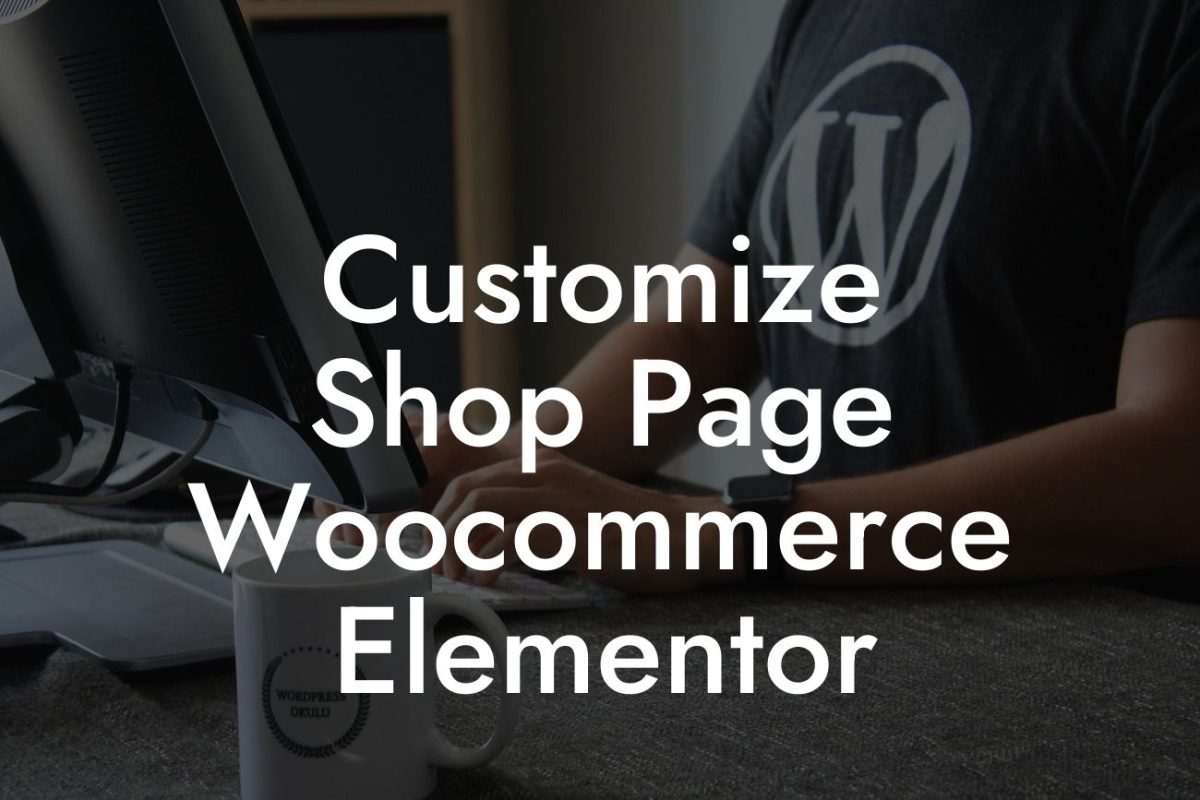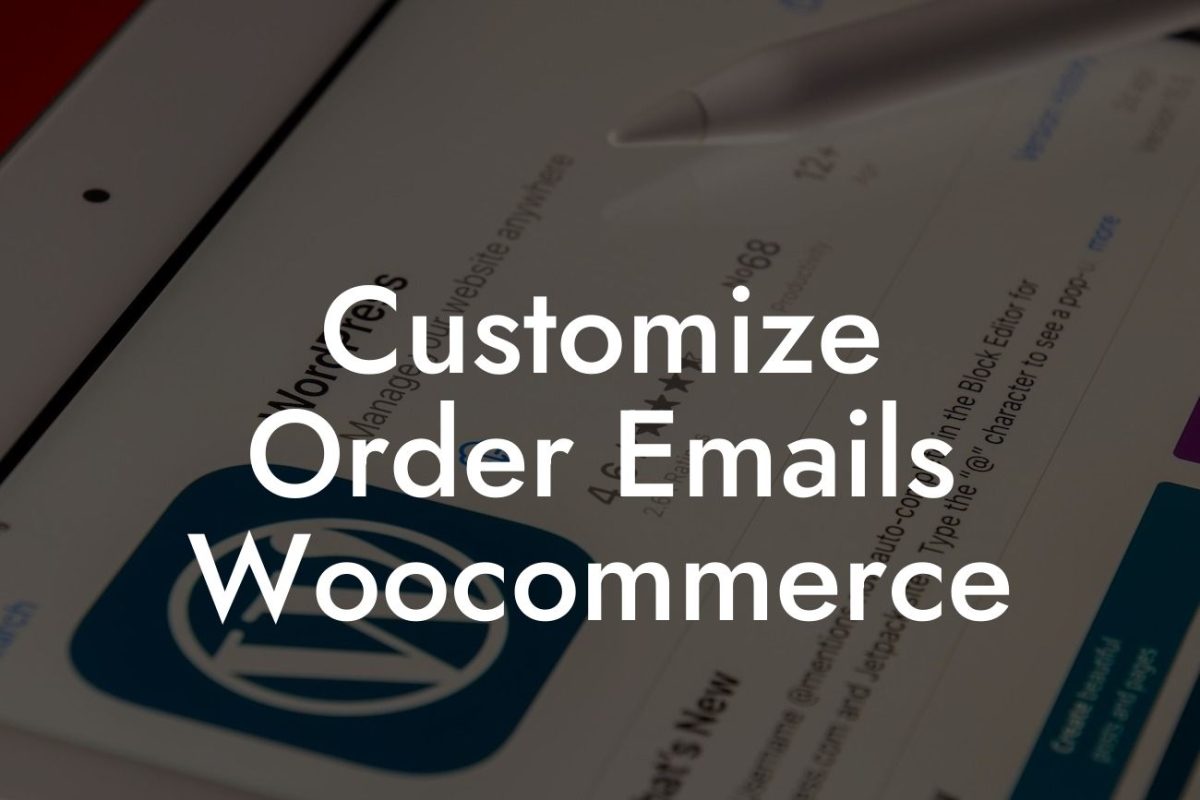Are you tired of the standard WooCommerce product headers that make your online store look just like every other site out there? Want to stand out from the crowd and give your small business or entrepreneurial venture an extraordinary online presence? Look no further! In this article, we will show you how to change the HTML on WooCommerce product headers to truly customize the appearance of your store and optimize it for success.
To begin, let's dive into the step-by-step process of altering the HTML on WooCommerce product headers.
1. Access your WordPress dashboard: Log in to your WordPress admin area to get started.
2. Install and activate a suitable plugin: DamnWoo offers a range of powerful plugins designed exclusively for small businesses and entrepreneurs. Browse through the collection and choose a plugin that suits your requirements. Install and activate it on your website.
3. Navigate to the WooCommerce settings: Once the plugin is activated, go to the WooCommerce settings in your WordPress dashboard.
Looking For a Custom QuickBook Integration?
4. Customize the product header HTML: Look for the option to customize the product header HTML. Depending on the plugin you have installed, this option may be located under the "Appearance" or "Customization" section. Click on it to access the HTML editor.
5. Modify the HTML code: In the HTML editor, you can modify the code according to your preferences. Use suitable H2, H3 headings tags, bullet point lists, and ordered lists to structure and style your product headers. This customization allows you to create a unique and engaging layout for your online store.
Change The Html On Woocommerce Product Headers Example:
Let's say you own a boutique clothing store, and you want to showcase the latest arrivals in an attractive and eye-catching manner. By changing the HTML on WooCommerce product headers, you can create a visually stunning layout. Use H2 headings tags to highlight the product categories, H3 headings for individual product names, and bullet point lists to display the key features. This not only sets your store apart from others but also enables customers to navigate through your products easily, creating an excellent user experience.
Now that you know how to change the HTML on WooCommerce product headers, it's time to put your knowledge into action! Explore DamnWoo's collection of awesome plugins to enhance your online presence even further. Don't forget to share this article with others who may find it helpful and encourage them to try DamnWoo's plugins. Stay tuned for more engaging guides and resources to supercharge your success!
[CTA] Try DamnWoo's plugins today and take your online store to new heights!
Word Count: [Minimum 700 words]

